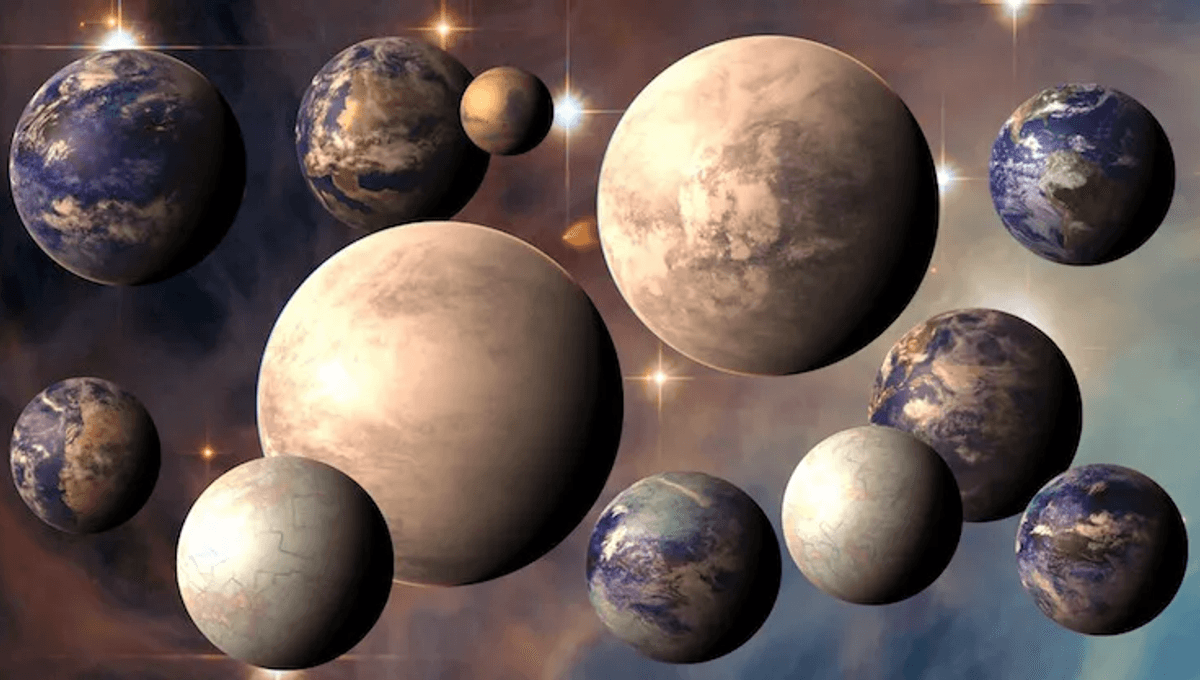
Looking at the universe, we know that the Earth and the whole solar system are not in a special position. This has been extended too to the existence of alien life – if we are here, we are probably not special, and the universe must be teeming with life. To which, we ought to agree with physicist Enrico Fermi and ask: where is everyone? The Fermi Paradox has been tackled in many different ways, but one solution simply says: wait a minute! Maybe we are special!
This is known as the Rare Earth hypothesis, and it originates from a book published in 2000, titled Rare Earth: Why Complex Life Is Uncommon in the Universe. It was written by two scientists at the University of Washington; Peter Ward, a geologist and paleontologist; and Donald E. Brownlee, an astronomer and astrobiologist.
In the tome, the duo argues that the evolution of biological complexity requires so many factors that the odds are against complex life being common. The position in the galaxy needs to be right, the stellar properties need to be right, the position of the planet needs to be right, and maybe you need plate tectonics, a large satellite, and a planet like Jupiter that can save you from comets. The list goes on.
To be fair to the authors, when this was put forward, there were only 11 known exoplanets. Now, there are over 5,600 known exoplanets and thousands more candidate objects. Past estimates suggest that there might be 40 billion Earth-sized planets in the Milky Way. As planet and star combos go, it is not that rare. Not all those planets will be Earth-like, and it is possible that even planets with striking similarities with our own might fail to have the right conditions in the long run.
Venus is similar in mass to Earth, and it is believed to have had an ocean. But it is now a hellish place. And yet, scientists have speculated that life might exist in the clouds of Venus. One of the strongest criticisms of the Rare Earth hypothesis is that it fails to imagine life unlike our own. That it is only possible in the slimmest possible conditions on a blue marble.
But scientists are investigating so many different worlds, near and far, looking at those conditions and questioning them. So far we have not found life out there – but just because we haven’t doesn’t mean it’s not there.
We will tackle how we are looking for life on alien worlds in our upcoming free Curious LIVE! event on May 31.
Source Link: The Rare Earth Hypothesis A Hotly Debated Solution To The Fermi Paradox